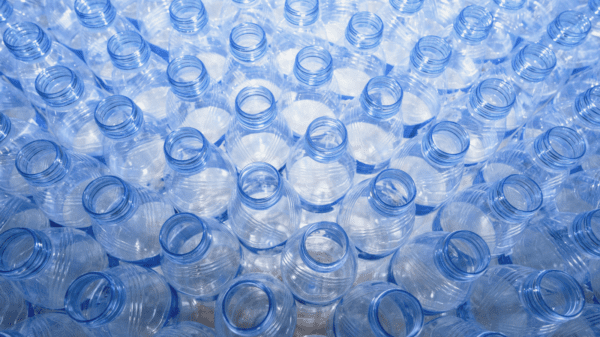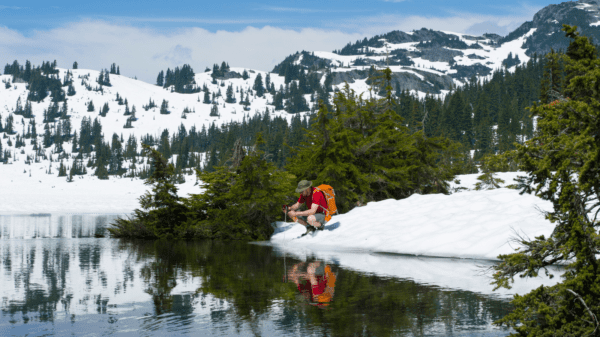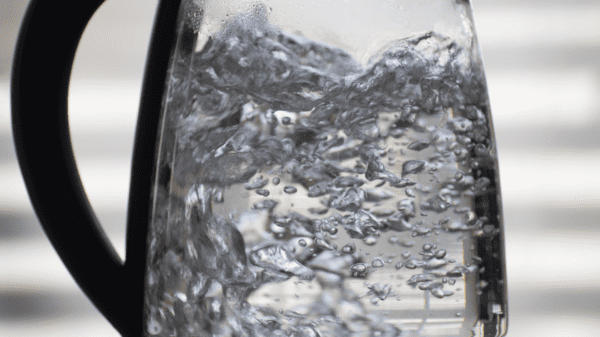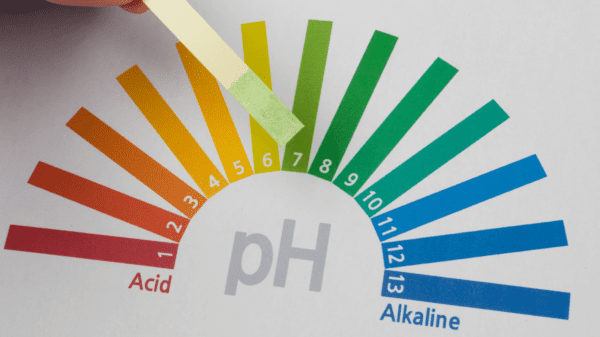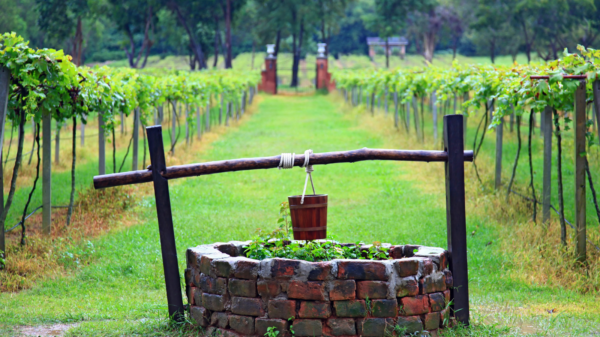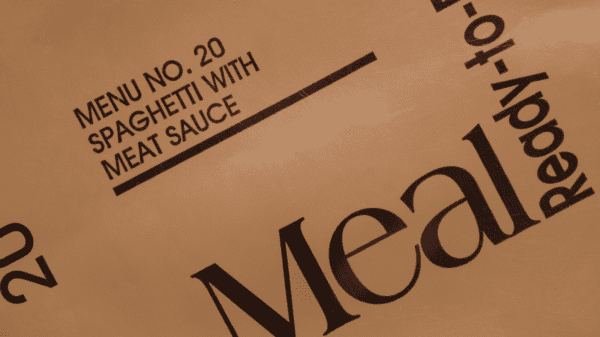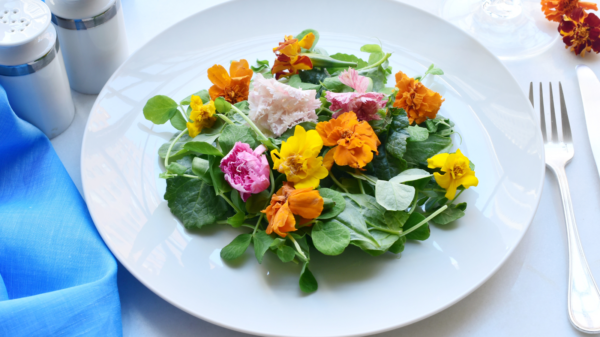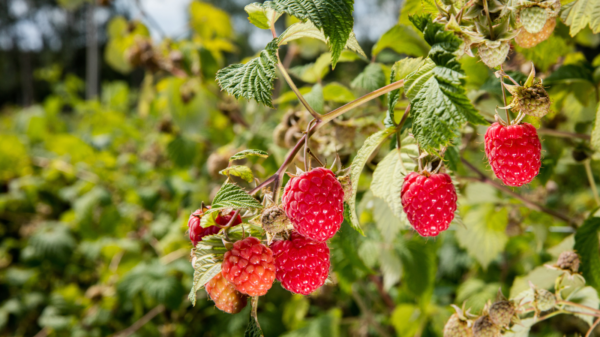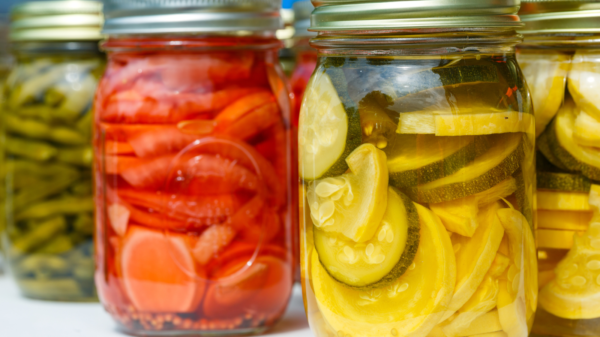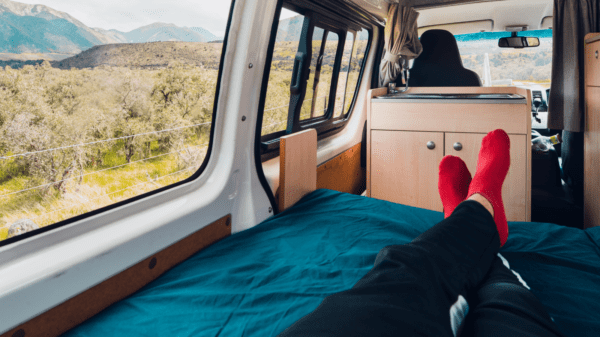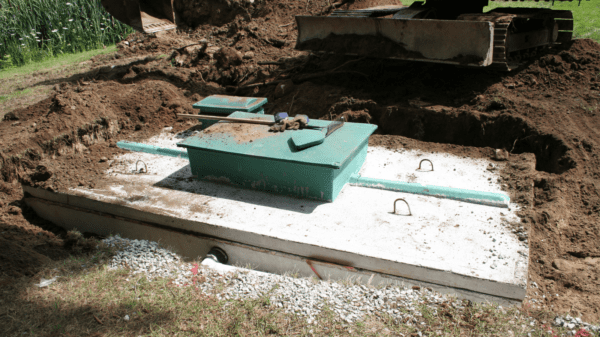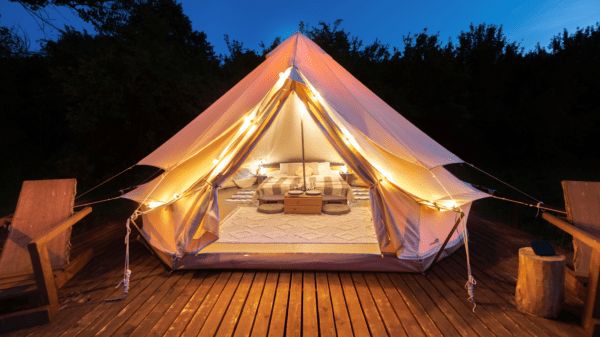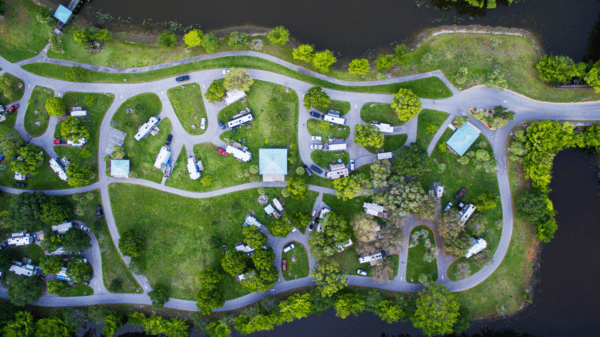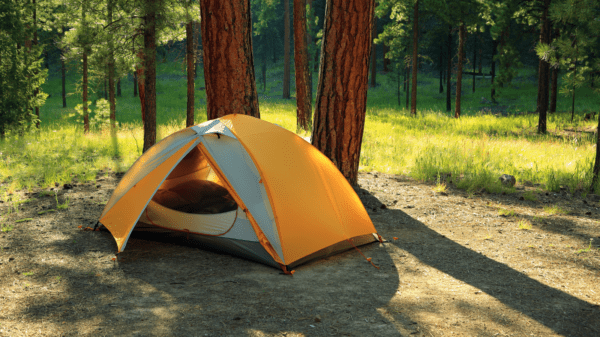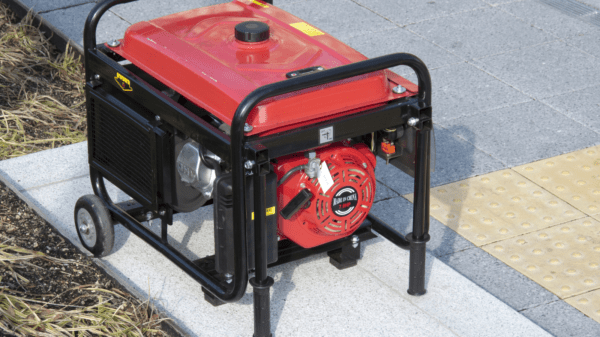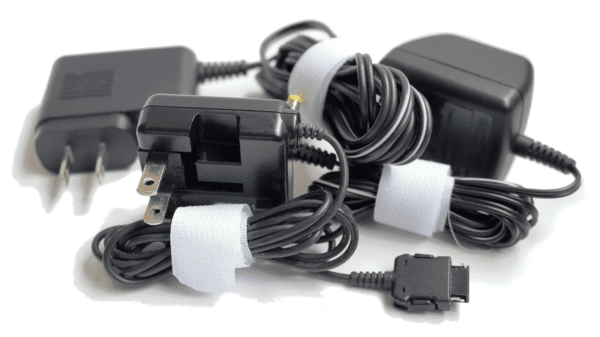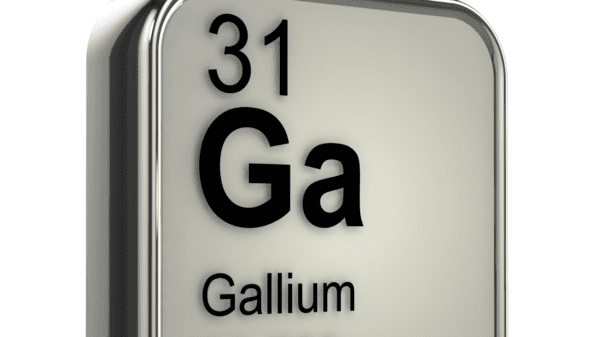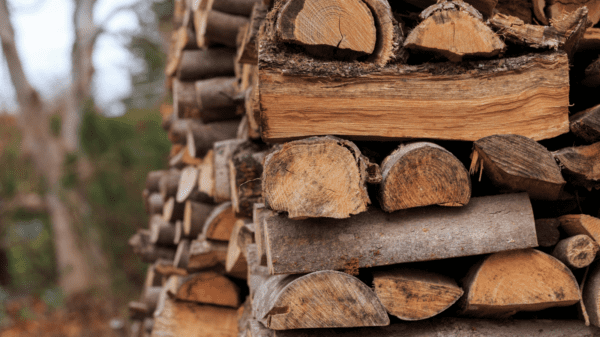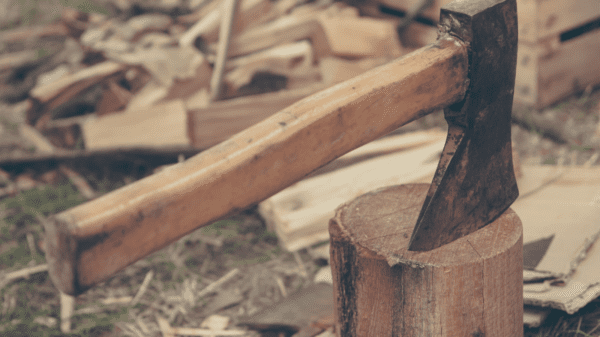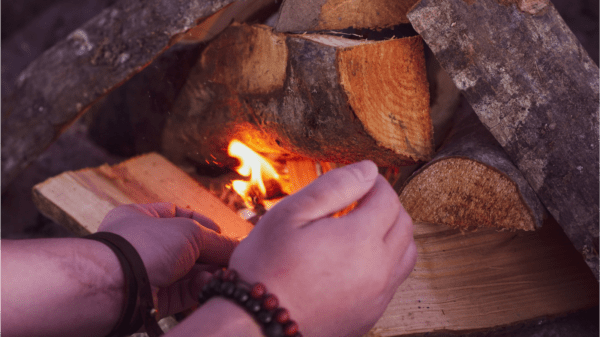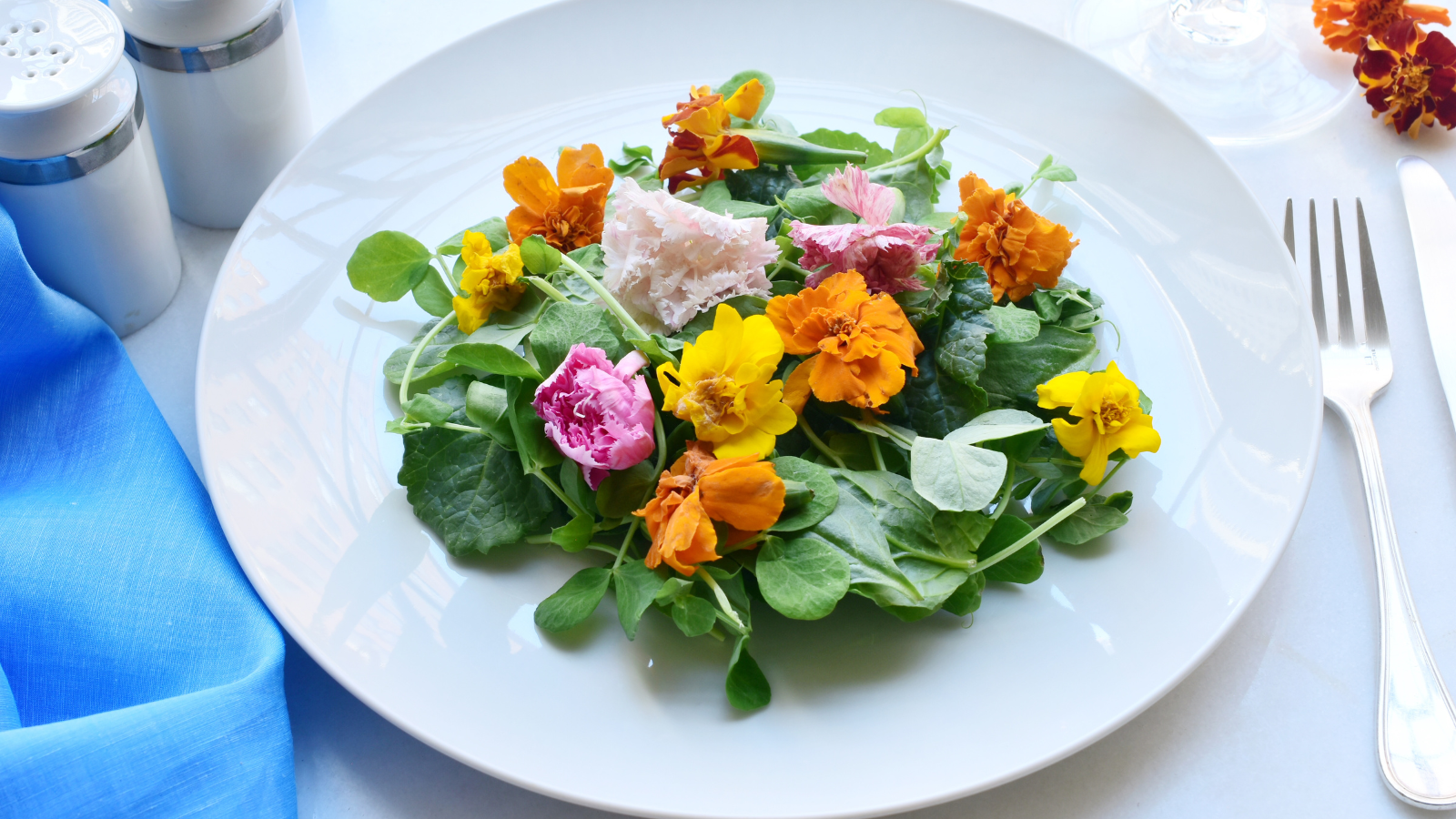Identifying and consuming wild plants is not only essential for survival situations, but it can also enhance your outdoor experience and connect you with nature on a deeper level. This article aims to teach you how to identify a variety of edible plants while highlighting the importance of safety and precaution.
Let’s embark on this journey together and discover the fascinating world of edible plants that mother nature has to offer.
Table of Contents
Introduction to Edible Plants
In the vast wilderness, countless plant species provide sustenance and nourishment for both humans and wildlife. Knowing how to identify edible plants is an invaluable skill for outdoor enthusiasts, as it enables them to stay nourished and energized during their adventures. Throughout history, our ancestors have relied on wild plants for food, medicine, and other resources. By learning to identify and consume these plants, you can build a strong connection with your environment and gain a deeper appreciation for nature’s abundance.
Basic Rules for Plant Identification
Before we delve into specific plants, it is crucial to establish some basic guidelines for plant identification. These rules are intended to keep you safe and minimize the risk of consuming harmful plants.
- Always be 100% certain of a plant’s identity before consuming it. If in doubt, do not eat it.
- Learn the local poisonous plants and how to identify them. This knowledge will help you avoid potentially dangerous situations.
- Taste test: Once you are confident about a plant’s identity, you can perform a taste test by taking a tiny portion and chewing it. If it tastes bitter or causes discomfort, spit it out and do not consume more.
- Remember that plants may have different edible parts, such as leaves, stems, flowers, or roots. Ensure that you can correctly identify which parts are safe to eat.
- When harvesting wild plants, do so responsibly and sustainably to minimize the impact on the environment.
Top 10 Edible Plants to Know
To help you get started, I have compiled a list of the top 10 edible plants that every outdoor enthusiast should be familiar with. The table below provides key identification features, habitat information, and other essential details for each plant.
| Common Name | Scientific Name | Identification | Habitat | Edible Parts | Other Info |
|---|---|---|---|---|---|
| Dandelion | Taraxacum officinale | Yellow flowers and serrated leaves | Widespread in lawns and meadows | Leaves, flowers, roots | High in vitamins and minerals |
| Plantain | Plantago major | Broad, oval leaves with parallel veins | Widespread in lawns and fields | Leaves, seeds | Known for its medicinal properties |
| Purslane | Portulaca oleracea | Succulent leaves and stems with small, yellow flowers | Gardens, fields, and disturbed soil | Leaves, stems | High in omega-3 fatty acids |
| Wood Sorrel | Oxalis spp. | Heart-shaped leaves in groups of three, white or yellow flowers | Forests, meadows, and lawns | Leaves, flowers | Contains oxalic acid, consume in moderation |
| Cattail | Typha spp. | Tall, cylindrical brown flower head and long, sword-like leaves | Marshes, ponds, and wetlands | Shoots, flower heads, pollen, roots | Nutrient-rich and versatile |
| Clover | Trifolium spp. | Three-lobed leaves and small, round, white or pink flowers | Lawns, meadows, and fields | Leaves, flowers | High in protein and a good source of nectar |
| Chickweed | Stellaria media | Small, white, star-shaped flowers and oval leaves with a single line of hairs | Gardens, fields, and disturbed soil | Leaves, stems, flowers | High in vitamins and minerals |
| Wild Violet | Viola spp. | Heart-shaped leaves and five-petaled, purple, blue, or white flowers | Lawns, meadows, and forests | Leaves, flowers | Good source of vitamin C and A |
| Wild Garlic | Allium ursinum | Long, narrow leaves with a strong garlic smell, and white, star-shaped flowers | Forests, meadows, and along rivers | Leaves, flowers, bulbs | Great for seasoning and high in antioxidants |
| Nettle | Urtica dioica | Opposite, toothed leaves and small, green flowers, covered with stinging hairs | Woodlands, meadows, and along waterways | Young leaves, seeds | High in vitamins, minerals, and protein, use gloves to harvest |
Expert Insights
To provide additional guidance, I have gathered quotes from renowned experts in the field of edible plants and foraging. These insights offer valuable tips and emphasize the importance of responsible and sustainable practices when foraging.
- “Learn from the experts and trust only your own experience when it comes to foraging. Your safety and well-being are of the utmost importance. Observation, practice, and patience are key to developing your foraging skills.” – Samuel Thayer, author of “The Forager’s Harvest”
- “Edible plants offer a way to reconnect with nature and rediscover ancient knowledge passed down through generations. Appreciate their gifts and treat them with respect. Foraging is not just about food; it is about connecting with the natural world and understanding our place within it.” – John Kallas, author of “Edible Wild Plants: Wild Foods from Dirt to Plate”
- “Foraging requires humility and an open mind. Be prepared to learn from your mistakes and understand that each plant you encounter has its unique characteristics and nuances. Don’t be discouraged by setbacks; persistence is rewarded in the world of foraging.” – Leda Meredith, author of “The Forager’s Feast”
- “When foraging, it is essential to maintain a sense of environmental stewardship. Only take what you need and ensure that you leave enough for the local ecosystem to thrive. This includes respecting the plants and the creatures that depend on them for survival.” – Steve Brill, aka “Wildman,” author of “Identifying and Harvesting Edible and Medicinal Plants in Wild (and Not So Wild) Places”
- “Foraging is a lifelong learning process. There’s always something new to discover, and each season brings new opportunities for exploration and growth. Embrace the journey and cherish the sense of wonder that comes from connecting with the natural world.” – Pascal Baudar, author of “The New Wildcrafted Cuisine”
These expert insights serve as valuable reminders that foraging is not only about finding food but also about developing a deep connection with nature, fostering environmental stewardship, and cultivating a passion for lifelong learning.
Common Mistakes and Safety Warnings
- Misidentification: The most common mistake when foraging for edible plants is misidentifying a plant. Always double-check with reputable sources, and when in doubt, do not consume it.
- Overharvesting: Ensure you harvest responsibly and sustainably, leaving enough for the local wildlife and allowing the plant population to recover.
- Pesticides and Pollution: Avoid harvesting plants from areas that may have been sprayed with pesticides or are close to pollution sources such as busy roads.
Recommended Reading List
- “The Forager’s Harvest: A Guide to Identifying, Harvesting, and Preparing Edible Wild Plants” by Samuel Thayer
- “Edible Wild Plants: Wild Foods from Dirt to Plate” by John Kallas
- “Nature’s Garden: A Guide to Identifying, Harvesting, and Preparing Edible Wild Plants” by Samuel Thayer
- “Backyard Foraging: 65 Familiar Plants You Didn’t Know You Could Eat” by Ellen Zachos
- “Foraging and Feasting: A Field Guide and Wild Food Cookbook” by Dina Falconi
Please note that these links lead to Amazon, but you may find these books at your local library, independent bookstores, or other online retailers.
Helpful Resources
- Local Foraging Workshops: Check with your local nature center or outdoor organizations for foraging workshops led by knowledgeable experts. You can also find events on platforms such as Eventbrite and Meetup.
- Online Courses: Websites like Udemy and Coursera offer online foraging courses that cover a wide range of topics.
- Mobile Apps: Several mobile apps, such as Wild Edibles (iOS) and PictureThis (iOS & Android), can help with plant identification and provide useful information on edible plants.
- Edible Wild Plant Books: Visit your local library or search online retailers for the books mentioned in the Recommended Reading List.
- Plant Identification Forums: Online communities, such as iNaturalist and Plant Identification and Discussion Facebook Group, allow users to post photos of plants for identification and share their knowledge with others.
- Local Botanical Gardens and Nature Centers: Visit your local botanical garden or nature center to learn about the native plants in your area. Many of these institutions offer guided walks, workshops, and educational materials related to edible plants and foraging.
In conclusion, the skill of identifying edible plants is invaluable for outdoor enthusiasts and can greatly enhance your wilderness experience. Armed with the knowledge provided in this article and the guidance of experts, you’ll be well on your way to becoming a skilled forager. Remember, practice makes perfect – as you spend more time in nature, your confidence and ability to identify edible plants will grow. Most importantly, always prioritize safety and ensure that you have correctly identified a plant before consuming it.
As you continue to explore the world of edible plants, you will develop a deeper appreciation for the abundance of nature and its many gifts. This newfound understanding can lead to a more sustainable and environmentally conscious lifestyle. May your foraging adventures bring you closer to the natural world and inspire you to share your enthusiasm for outdoor activities with others.
Happy foraging!

